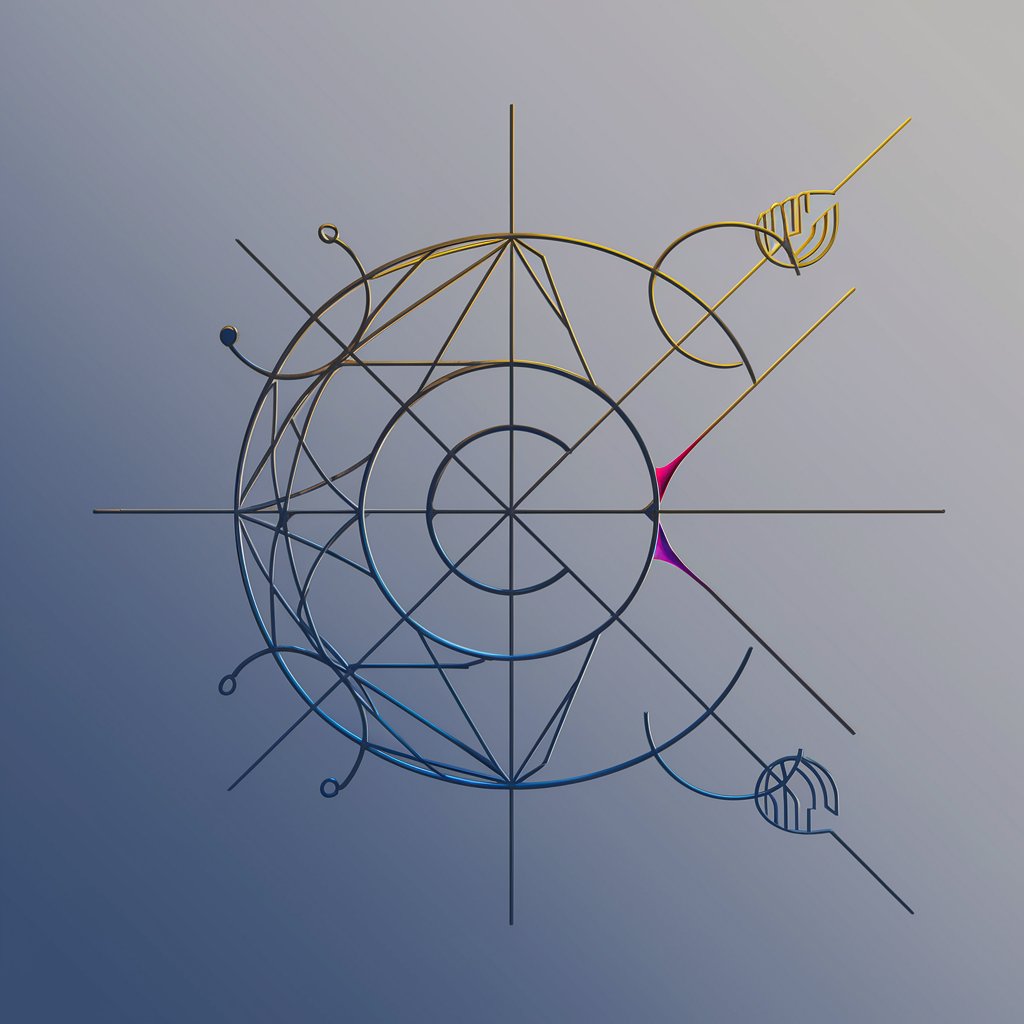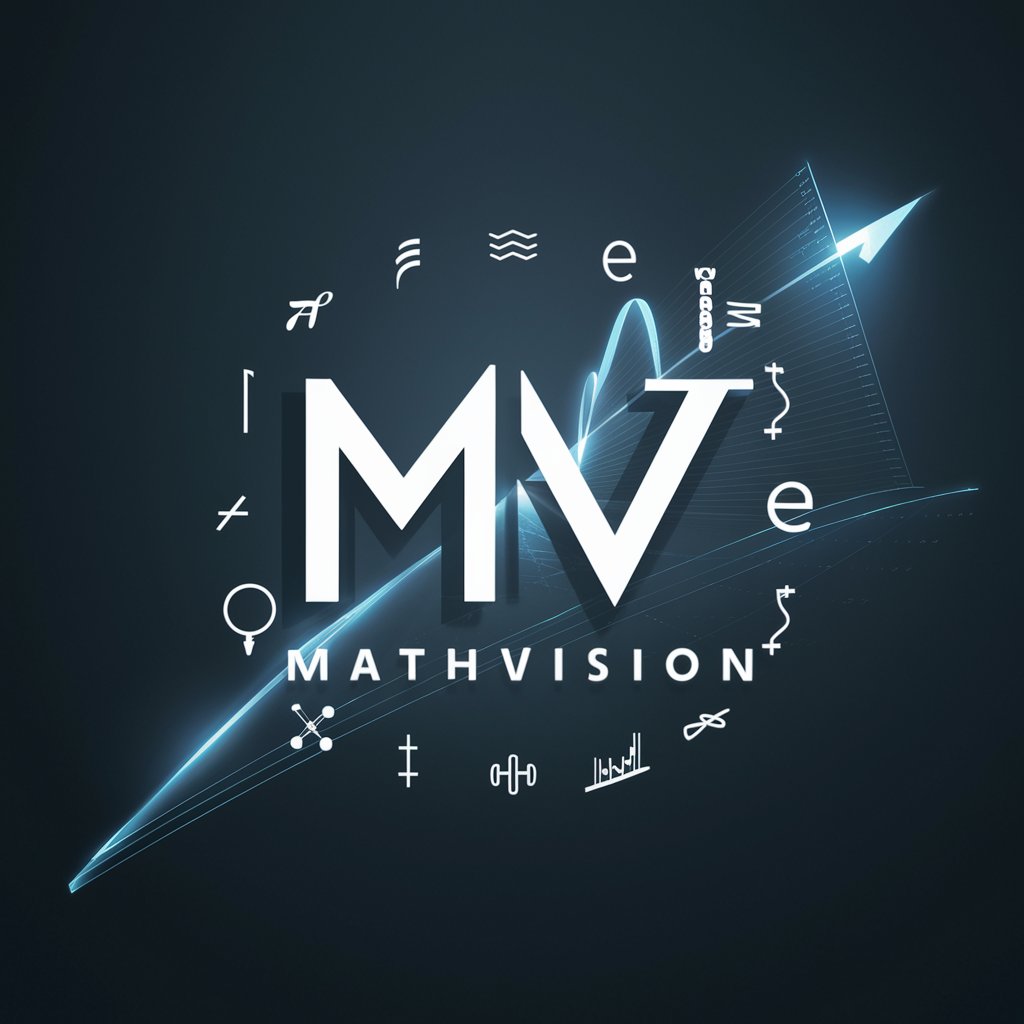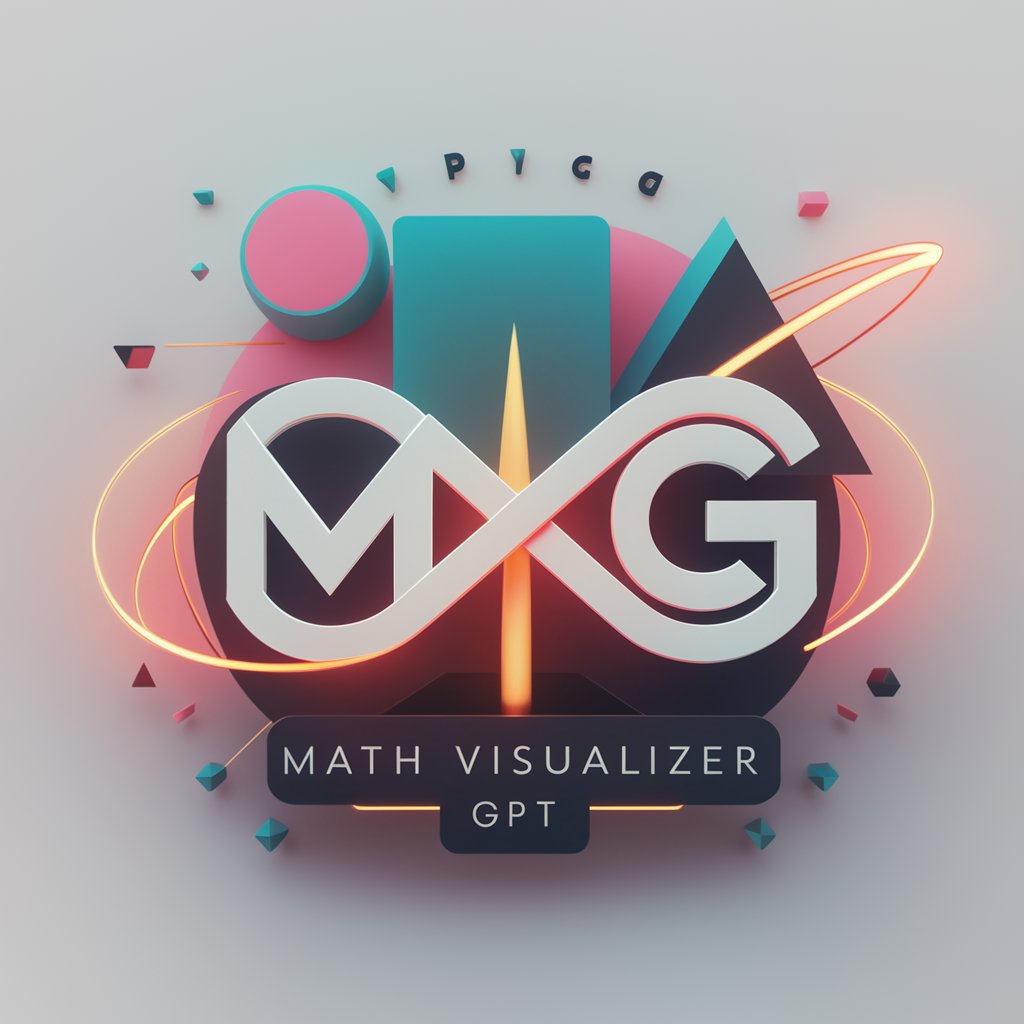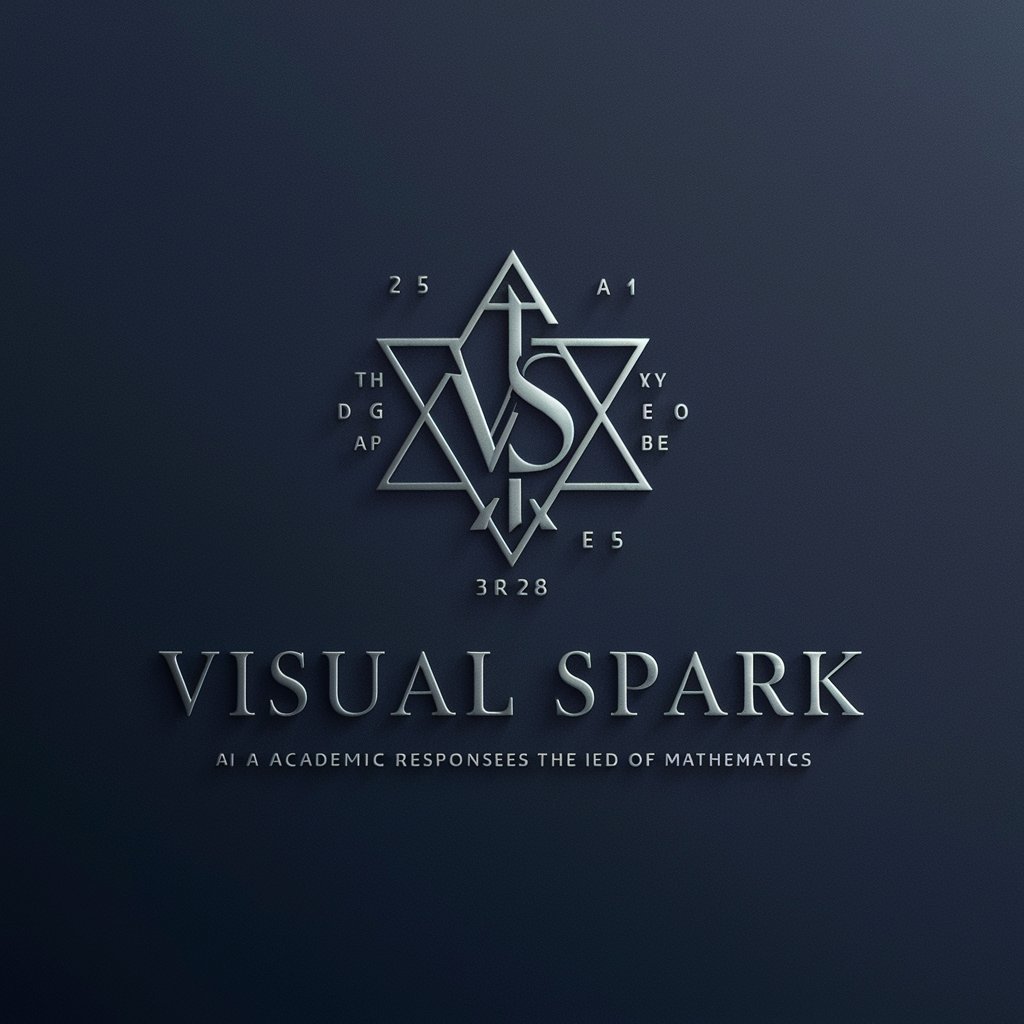8 GPTs for Math Visualization Powered by AI for Free of 2025
AI GPTs (Generative Pre-trained Transformers) for Math Visualization are advanced tools designed to interpret, solve, and visually represent mathematical concepts and data. Leveraging the power of GPTs, these tools are adept at understanding complex mathematical queries and translating them into visual formats, making abstract concepts more comprehensible. They serve as bridges between raw mathematical data and its graphical representation, facilitating a deeper understanding of mathematical phenomena.
Top 8 GPTs for Math Visualization are: Graphing Calculator,Math Art Generator,P5.js Animator,MathVision,Rangoli Artist,Math Visualizer,CalcuMate,Visual Spark
Graphing Calculator
Visualize Math with AI Power

Math Art Generator
Visualizing Mathematics through AI Art

P5.js Animator
Animating Art with AI-Powered Geometry

MathVision
Empower Your Math Learning with AI

Rangoli Artist
Craft Art with Math and AI

Math Visualizer
Bringing Math to Life with AI

CalcuMate
Empowering your math journey with AI.

Visual Spark
Illuminate Math with AI

Essential Attributes of Math Visualization GPTs
Math Visualization GPTs stand out for their adaptability and ability to handle a wide range of mathematical tasks, from basic arithmetic to complex equations. These tools can generate graphs, charts, and other visual aids, making them invaluable for data analysis and interpretation. Features such as natural language processing enable users to input queries in simple language, while advanced algorithms allow for the visualization of high-dimensional data. Additionally, some of these GPTs offer interactive capabilities, letting users manipulate variables in real-time to see the effects on visual outputs.
Who Benefits from Math Visualization GPTs?
Math Visualization GPTs are designed for a broad audience, including students learning math concepts, educators seeking to illustrate complex topics, and professionals in fields requiring data analysis and representation. They are particularly beneficial for individuals without programming skills due to their user-friendly interfaces, while also providing extensive customization options for those with a technical background, enabling a wide range of applications from educational settings to professional data analysis.
Try Our other AI GPTs tools for Free
Graph Generation
Discover the power of AI GPTs for Graph Generation: intuitive tools designed for creating dynamic, insightful data visualizations with ease. Ideal for professionals across industries.
Local Optimization
Discover how AI GPTs for Local Optimization can transform decision-making with tailored, efficient solutions for route planning, resource allocation, and more.
SEO Tool
Discover how AI GPTs revolutionize SEO with automated content creation, strategic insights, and advanced data analysis to boost your SERP rankings.
Logo Ideation
Discover AI GPTs for Logo Ideation: your AI-powered assistant for creating innovative, trend-aligned logos effortlessly. Perfect for designers at all skill levels.
Development
Discover how AI GPTs for Development are revolutionizing software and web development with automated coding, debugging, and project management solutions.
Applications
Explore AI GPTs for Applications: Tailored AI solutions transforming tasks across domains with advanced, user-friendly technologies.
Broader Applications and User Experience
Beyond their core functionality, Math Visualization GPTs are part of a larger trend towards making complex data more accessible and understandable. With user-friendly interfaces, these tools lower the barrier to entry for engaging with data, making them valuable assets in education, research, and professional analysis. The integration of these tools into existing systems can streamline workflows and enhance decision-making processes by providing immediate visual insights.
Frequently Asked Questions
What exactly are AI GPTs for Math Visualization?
AI GPTs for Math Visualization are intelligent tools that use generative pre-trained transformers to understand and visualize mathematical concepts, turning complex data into easily understandable graphical representations.
Who can use these Math Visualization tools?
These tools are accessible to a wide audience, from students and teachers in educational settings to professionals in industries that rely on data analysis and visualization.
Do I need coding skills to use these tools?
No, one of the key advantages of these tools is their user-friendly interface, which allows those without coding skills to use them effectively. However, they also offer customization options for those with programming knowledge.
Can these tools handle complex mathematical equations?
Yes, Math Visualization GPTs are designed to process and visualize a wide range of mathematical equations, from basic arithmetic to more complex functions and models.
Are the visualizations interactive?
Many Math Visualization GPTs offer interactive features, allowing users to adjust variables and parameters to see real-time changes in the visual outputs.
Can these tools integrate with other software or systems?
Yes, many GPTs for Math Visualization are designed with integration capabilities, allowing them to be incorporated into existing workflows, educational platforms, or analysis software.
How do these tools improve learning and understanding of math?
By converting abstract mathematical concepts and data into visual formats, these tools make it easier for individuals to comprehend and retain complex information, facilitating a deeper understanding of mathematical principles.
Are there any limitations to what these tools can visualize?
While highly versatile, there may be limitations based on the specific tool's design, the complexity of the data, or the computational resources available. However, ongoing advancements in AI and computing are continuously expanding these capabilities.